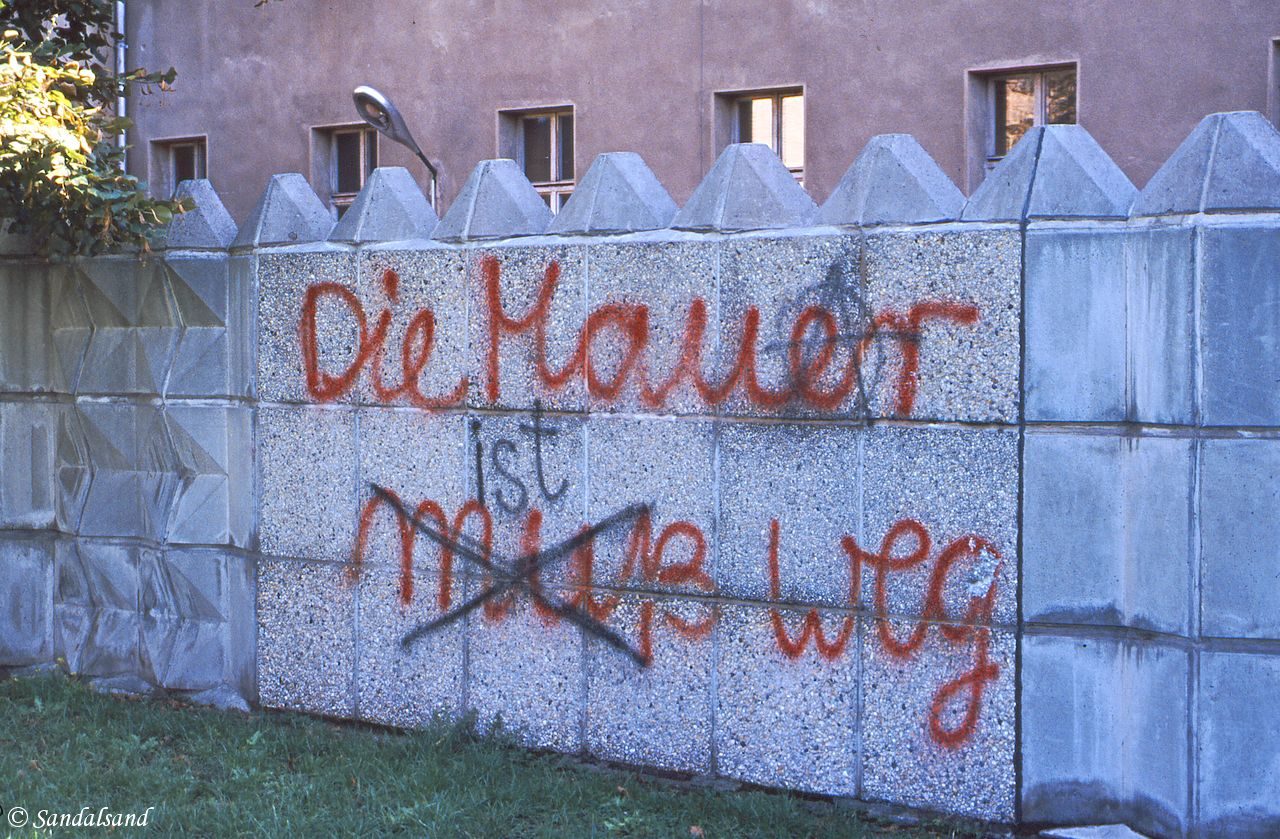The protection of civilians is the key to some kinds of defensive military structures. However, the term protection may not be correct.
Some of the world’s defensive structures have only minor military objectives. They protect the civilian population not from military attacks, but from forces of nature and unidentified foes from within.
Shelters for civilians during military attacks
The obvious and positive aspect of civil defence is the effort to protect the unprotected against the consequences of military attacks. In the previous chapter we presented a number of walled cities, many of them Medieval. They built them with the purpose to protect not only the king and the soldiers, but also the population of the city(-state).
In modern times they constructed blast shelters throughout the world in the last six decades of the 20th centuries. The shape, number, capacity, and reinforcements varied highly in and between countries. They even reinforced some shelters to withstand a nuclear bomb attack, and fallout from a nuclear explosion.
There were many shelters, but each one was but perhaps not very large. This obviously relates heavily to the protection of civilians.
Stopping civilian migration
The “Iron Curtain” in post-war Europe is an example of a defended structure that was not (primarily) a means to stop a potential military aggressor. The primary objective was to hold one’s own population at bay. For decades, the movement of people across the borders from, essentially, Eastern to Western Europe was effectively stopped by long lines of barbed wire, fences and minefields. Was this a protection of civilians? Hardly.
The symbolically most important part of it was the Berlin Wall. I had the great joy of borrowing a hammer and chisel just a few metres off the Brandenburger Tor. That was in 1990, less than a year after the “fall” of the Wall. I also took this picture.

In recent years, after tearing down the Berlin Wall, and opening up most European borders, the world sees more walls go up.
The wall between the US and Mexico and the wall between Israel and the Palestinians are for civilian protection too. The first is to stop illegal drug trafficking and immigration. The latter allegedly to stop terrorists, thus having a military justification as well. Some have also labelled the immigration politics of the EU a new form of Festung Europa, described in the first article of this series.
In defence of natural disasters
The dikes of the Netherlands are another kind of defensive structure. The Dutch built them to protect the Low Countries from being flooded by the ocean. That, however, is different from the subjects I have been discussing in this mini-series. On the other hand, it brings up a potential for another series: Large man-made structures for protection and cultivation.
Further reading
This is the third chapter about Defensive Structures of the World. The series:
(1) The huge ones: There are some historically significant and physically huge military structures around the world. They built them to protect entire countries against invading hostile forces.
(2) The smaller ones: Some defensive structures are basically walled military compounds on a limited area, fortresses. Others include entire towns.
(3) Other defensive structures: Some of the world’s defensive structures have only minor military objectives. They protect the civilian population not from military attacks, but from forces of nature and unidentified foes from within.


